Industry news
six common mineral processing methods
Commonly used beneficiation methods include gravity separation, flotation, magnetic separation, electric separation, chemical beneficiation and bacterial beneficiation.
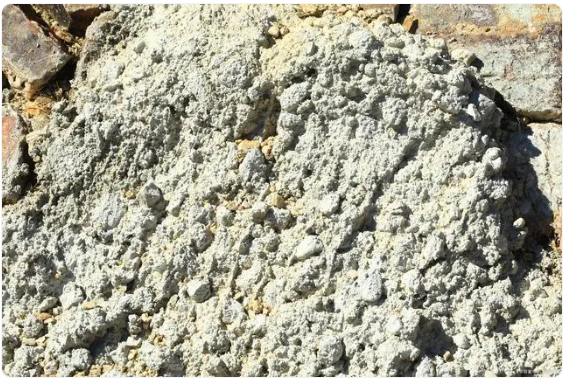
Microbial beneficiation is also called "bacterial beneficiation". It mainly uses microorganisms such as iron-oxidizing bacteria, sulfur-oxidizing bacteria and silicate bacteria to remove iron, sulfur and silicon from minerals. Iron-oxidizing bacteria can oxidize iron. Sulfur-oxidizing bacteria can oxidize sulfur. Silicate bacteria can remove silicon from bauxite minerals by using decomposition. In addition to being used for desulfurization, deironization and desiliconization, it can also be used to recover copper, uranium, cobalt, manganese and gold, etc.
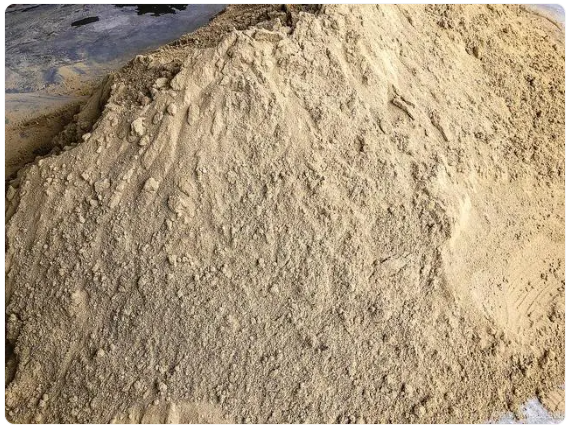
The gravity separation method sorts minerals based on differences in their relative densities (usually called specific gravity). Mineral particles with different densities are affected by fluid dynamics and various mechanical forces in the moving medium (water, air and heavy rolling), resulting in suitable loose stratification and separation conditions, so that mineral particles with different densities can be separated.
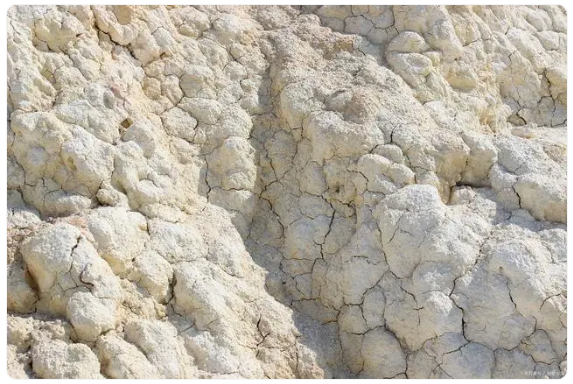
The flotation method is based on the difference in physical and chemical properties of the mineral surface, and is treated with flotation reagents to use minerals to selectively attach to bubbles to achieve the purpose of separation. The beneficiation of non-ferrous metal ores, such as copper, lead, zinc, sulfur, molybdenum and other ores, is mainly processed by flotation. Some ferrous metals, rare metals and some non-metallic ores, such as graphite ore, apatite, etc. are also processed by flotation. Law selection.
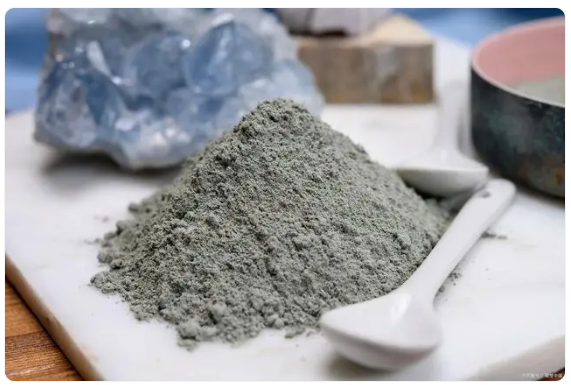
The magnetic separation method is based on the different magnetic properties of minerals. Different minerals are separated by different forces in the magnetic field of the magnetic separator. It is mainly used to sort ferrous metal ores (iron, manganese, chromium), and also used to sort non-ferrous and rare metal ores.
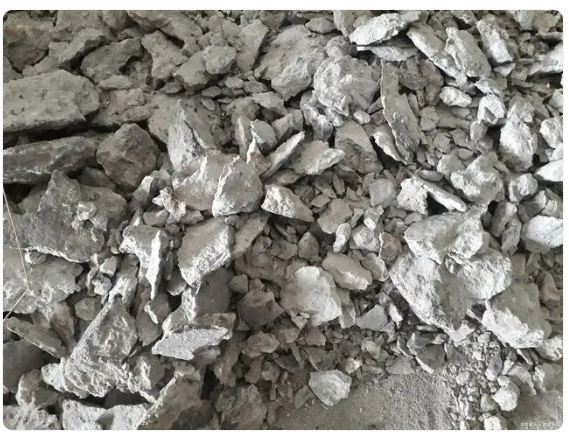
Chemical beneficiation is a mineral processing technology that uses chemical methods to change the mineral composition based on the differences in the chemical properties of minerals and mineral components, and then uses other methods to enrich the target components. For example, copper ore containing malachite is leached with dilute sulfuric acid. The mineral composition changes, that is, malachite becomes a copper sulfate solution. Metallic copper (sponge copper) can be obtained by replacing the copper ions in the solution with iron filings. Chemical beneficiation is one of the effective methods to process and comprehensively utilize certain lean, fine, miscellaneous and other refractory mineral raw materials. It is also one of the important methods to make full use of mineral resources and solve the three wastes (waste water, waste residue and waste gas) treatment, turn waste into treasure and protect the environment.
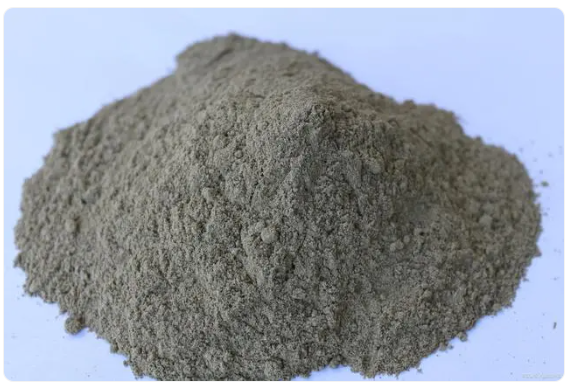
The processing objects and purposes of chemical beneficiation are the same as physical beneficiation, which are to process mineral raw materials and enrich and separate target components and combine and utilize mineral resources. However, its application scope is wider than that of physical beneficiation. In addition to processing refractory raw ores, it can also process intermediate products, tailings, and coarse concentrates that cannot be processed by physical beneficiation methods, and can recover useful components from "three wastes". therefore. Chemical beneficiation is very promising, but it should be pointed out that at present, chemical beneficiation generally has the problem of high cost. The main reason is that the chemical beneficiation process requires a large amount of chemical tests. Therefore, under normal conditions, materials that can be processed by physical beneficiation methods It is not suitable to use chemical mineral processing methods.
Categories
News
Contact Us
Contact: XKJ GROUP
Phone: 0086 138 3714 0277
Tel: 0371-65751333
E-mail: sales01@xkjgroup.com
Add: Xing yang city, Zheng zhou city, Henan province, China